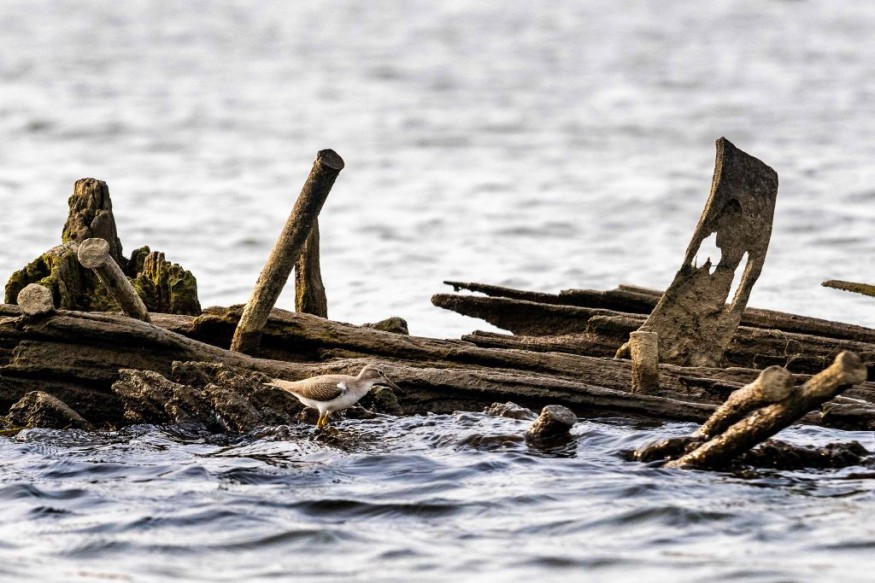
Experts are attempting to explain the mystery of a shipwreck that has surfaced on a beach in Canada.
Residents of Cape Ray, on Newfoundland's south-west coast, discovered the massive wooden hull in shallow waters.
Mysterious Shipwreck
Over the weekend, a team of archaeologists and volunteers scrambled to salvage portions of the 30-meter (100-foot)-long ship before tides returned it to the ocean depths from where it came.
They were able to retrieve timber planks, metal sheathing, and other components from the keel, which were then submitted to a laboratory for analysis.
Situated on the banks of J. T. Cheeseman Provincial Park on the southwest tip of Newfoundland, the wreck was discovered in late January in an area noted for its numerous shallow rocks where many ships have run aground over the decades.
According to Newfoundland's Archaeology Office, historical shipwrecks abound in this region, numbering in the hundreds.
"It's in a dangerous spot. It's being pummeled by the ocean and so on. It's not ideal conditions to try to learn more from it," said archaeologist Jamie Brake.
Brake underscored that European ships have been navigating these waterways for hundreds of years.
Locals discovered the ship's ruins near the coast, along with some timber washed up on the sand, earlier this month.
Some speculate that Hurricane Fiona, which hit Canada's Atlantic coast severely in September 2022, may have pushed the ship off the ocean floor.
However, photographs of the vessel have provided some hints as to its origin.
The ship is thought to be more than 24 meters long and was built in the nineteenth century. This is due to the wreck's construction of timber planks and copper nails, both of which were common in the 1800s.
Vital Piece
A lot of interested Newfoundlanders have traveled to the location to have a closer look at the wreckage.
Locals believe the wreck could be a vital piece of Newfoundland history, and experts are now working to discover what it was before it met its watery demise.
Many people have tried to tie the ship's origins to their own, with some speculating that it was transporting immigrants from Great Britain or Ireland to Canada.
"It could be the ship that brought my ancestors, or my husband's ancestors," said Wanda Blackmore.
Many Cape Ray residents can trace their origins back to the 18th century. The vast majority of Newfoundlanders and Labradorians, around 90%, are descended from people who migrated from the British Isles between the early 17th and late 19th centuries.
However, Brake said that at the moment, they don't have any information to indicate that the shipwreck is particularly notable or distinctive.
He claimed the province has roughly 800 registered shipwrecks, 700 of which were from the same time period as the Cap Ray specimen. That would imply that they already know a lot about vessels from that time period; therefore, preserving and examining the shipwreck would not provide much new information.
Given the shipwreck's size, he believes it is "really impossible" to bring it out of the ocean while preserving it intact.
The team of experts is taking precautions to preserve what they collect at the site.
"We've got limited resources. We have, you know, a very large number of known archaeological sites here. We can't preserve every shipwreck. We can't preserve every aircraft or every vehicle," said Brake.
Related Article : Megalodon Tooth Necklace Discovered in 111-Year-Old Shipwreck of Titanic, Revealed by 3D Scan
© 2025 NatureWorldNews.com All rights reserved. Do not reproduce without permission.





